Plants or Crops
All Plants or Crops Content

Trials and Tribulations of Growing Squash and Cabbage in Living Mulch, Reduced Tillage Systems
Research on clover cover crops grown in combination with four tillage and weed suppression methods was conducted on organic transitional land at the SDSU Southeast Farm near Beresford, South Dakota in 2023.

Rose Resources for South Dakota
Are you interested in adding roses to your garden? View a collection of video resources highlighting how to care for roses in South Dakota, including tips on managing common diseases and insect pests.
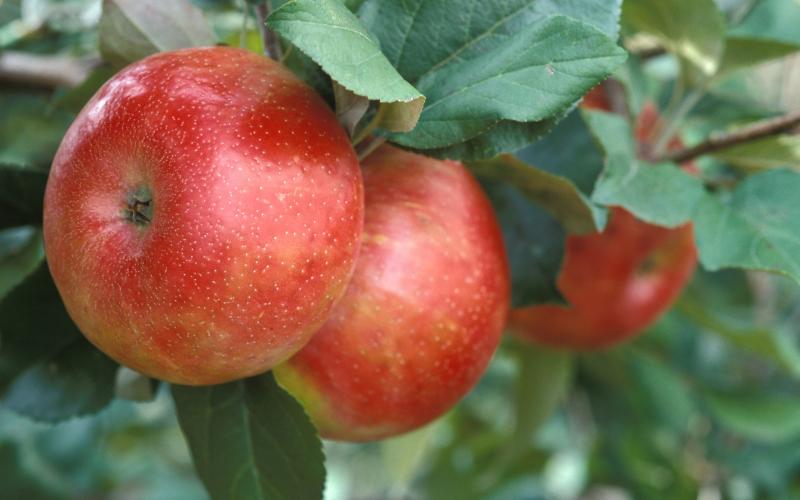
Brookings Master Gardener donating 50 apple trees to local youth
April 12, 2024
A Brookings-area Master Gardener is donating 50 apple trees to local youth for the fourth annual Fruitful Children Project.
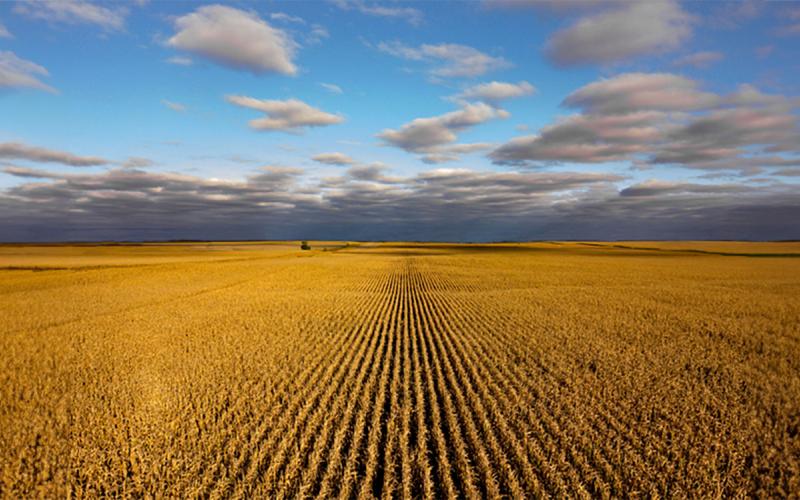
Large Farms Continue to Dominate South Dakota Crop Production
Based on the 2022 U.S. Census of Agriculture, large-scale farms operate more than two-thirds of the total cropland acres in South Dakota. Learn some expert insights about the trends driving this development.
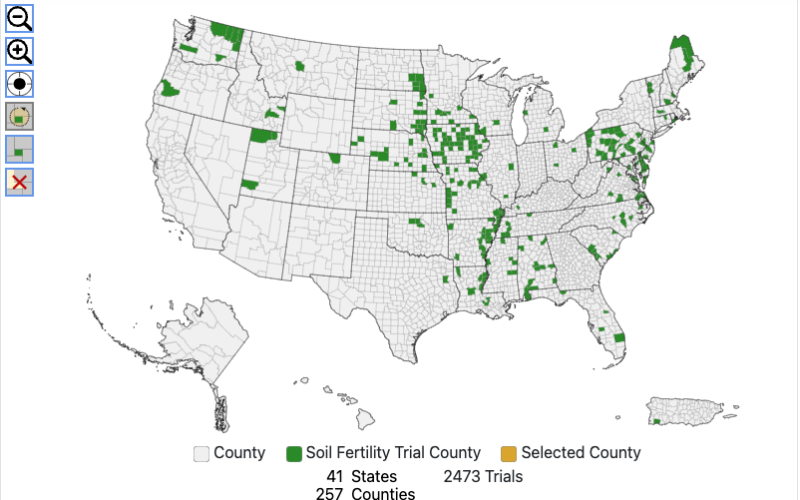
New digital Fertilizer Recommendation Support Tool launches nationwide
April 11, 2024
South Dakota State University Extension and project partners are proud to announce the nationwide release of the Fertilizer Recommendation Support Tool (FRST), a decision aid that provides an unbiased, science-based interpretation of soil phosphorus and potassium values for crop fertilization.
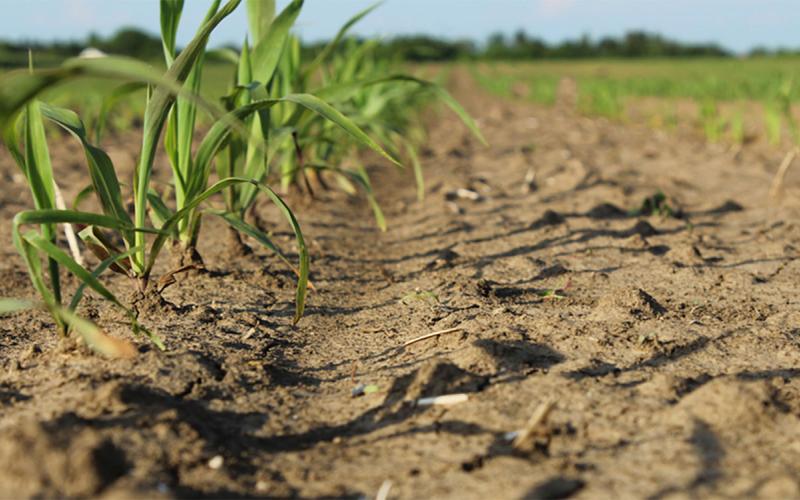
Herbicide Carryover Concerns for 2024
Herbicides with residual activity have great utility for weed management. However, due to environmental conditions, some herbicides can persist so that the crop grown next year can be injured.
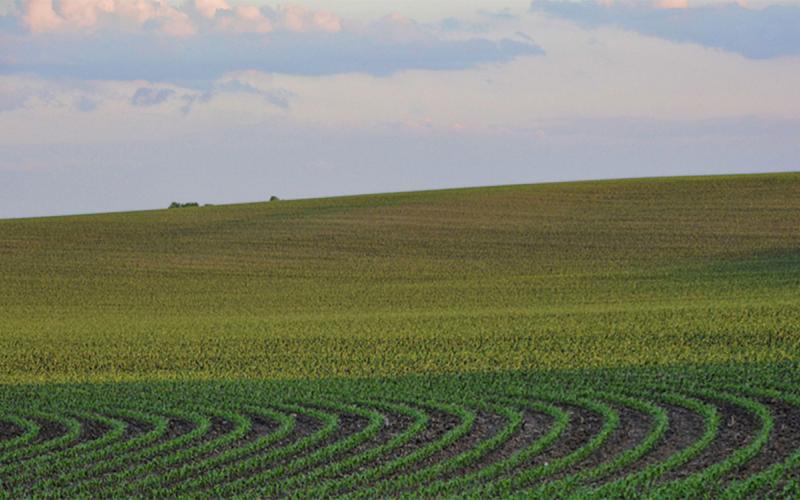
Conventional Soybean Weed Management
Compared to GMO soybean varieties, weed management in conventional soybean is more difficult and requires more planning to be successful. Learn some expert tips for getting conventional soybeans off to a great start.
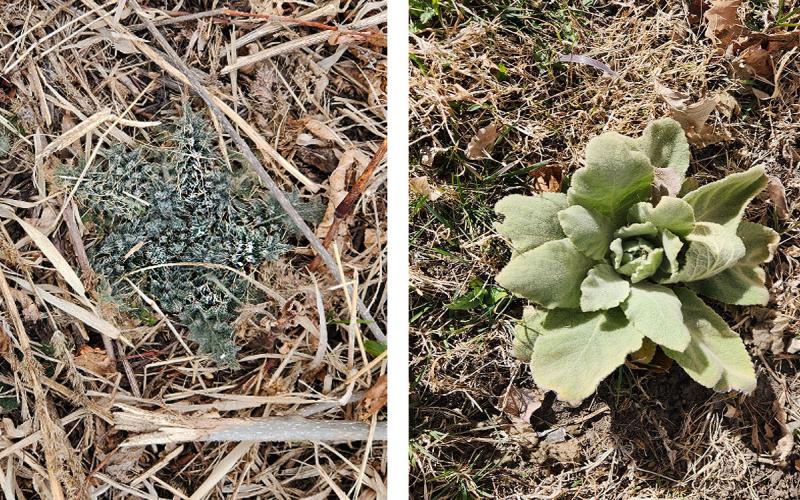
Biennial Weed Species Have Started to Emerge
The warmer weather this year has caused some biennial weed species to emerge earlier than normal. Learn some management considerations for areas that have been historically infested with biennial weeds.
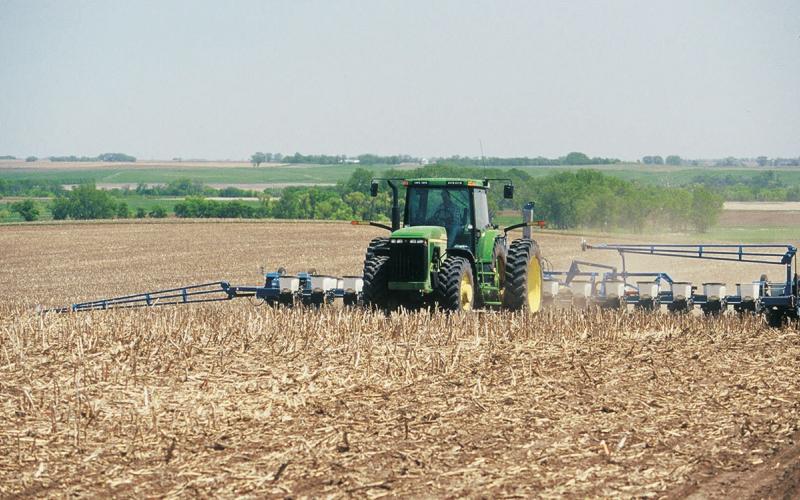
Conservation Practices Increasing in South Dakota
The recently released Agricultural Census data of 2022 shows that the share of cropland acres under conservation practices has continued to increase in South Dakota.
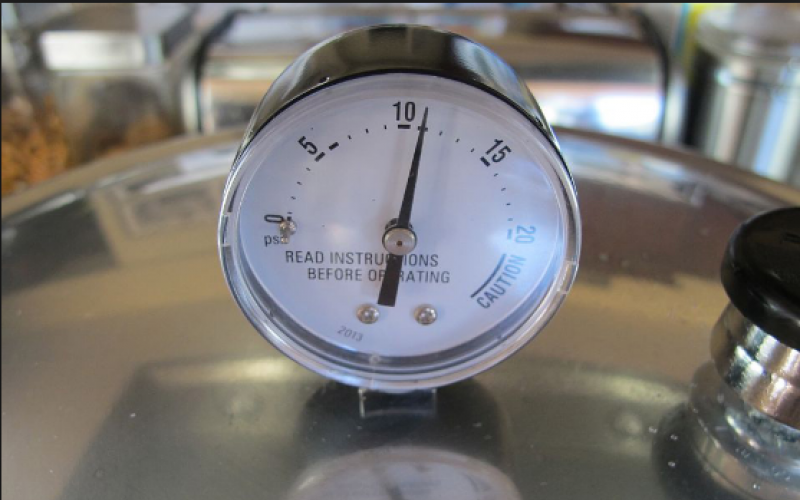
Testing Dial Pressure Canner Gauges
For accuracy before use, it is recommended that dial gauges get tested each year. Gauges that read high cause under-processing and may result in unsafe food.